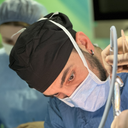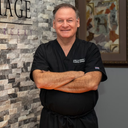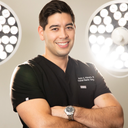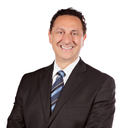Posted underFacelift q&a
One side of my face is clearly larger than the other. How can I make my face more symmetrical? (photos)
As you can see in the pictures one side of my face is clearly larger than the other. My left cheek looks swollen and my jaw is not alligned. My left jaw sticks out and one side of my chin is not alligned. Also, my jaw clicks when I open my mouth wide. My teeth are not alligned. I have an overbite on the left side and an underbite on the right side. As I get older it seems as though it's getting worse. How can I make my face more symmetrical? Everytime I look in the mirror all I can see is a lopsided face.
Answers (15)
From board-certified doctors and trusted medical professionals

Dr. Jeffrey H. Spiegel, MD
Board Certified Facial Plastic Surgeon, Board Certified in Otolaryngology – Head and Neck Surgery
Answer
More Facelift Questions
See all Facelift Q&AWE SEND PRETTY
EMAILS
What’s trending? Who’s turning heads? Which TikTok myths need busting? We’ve got you. No fluff, no gatekeeping—just real talk. Get our free, unfiltered newsletter.







